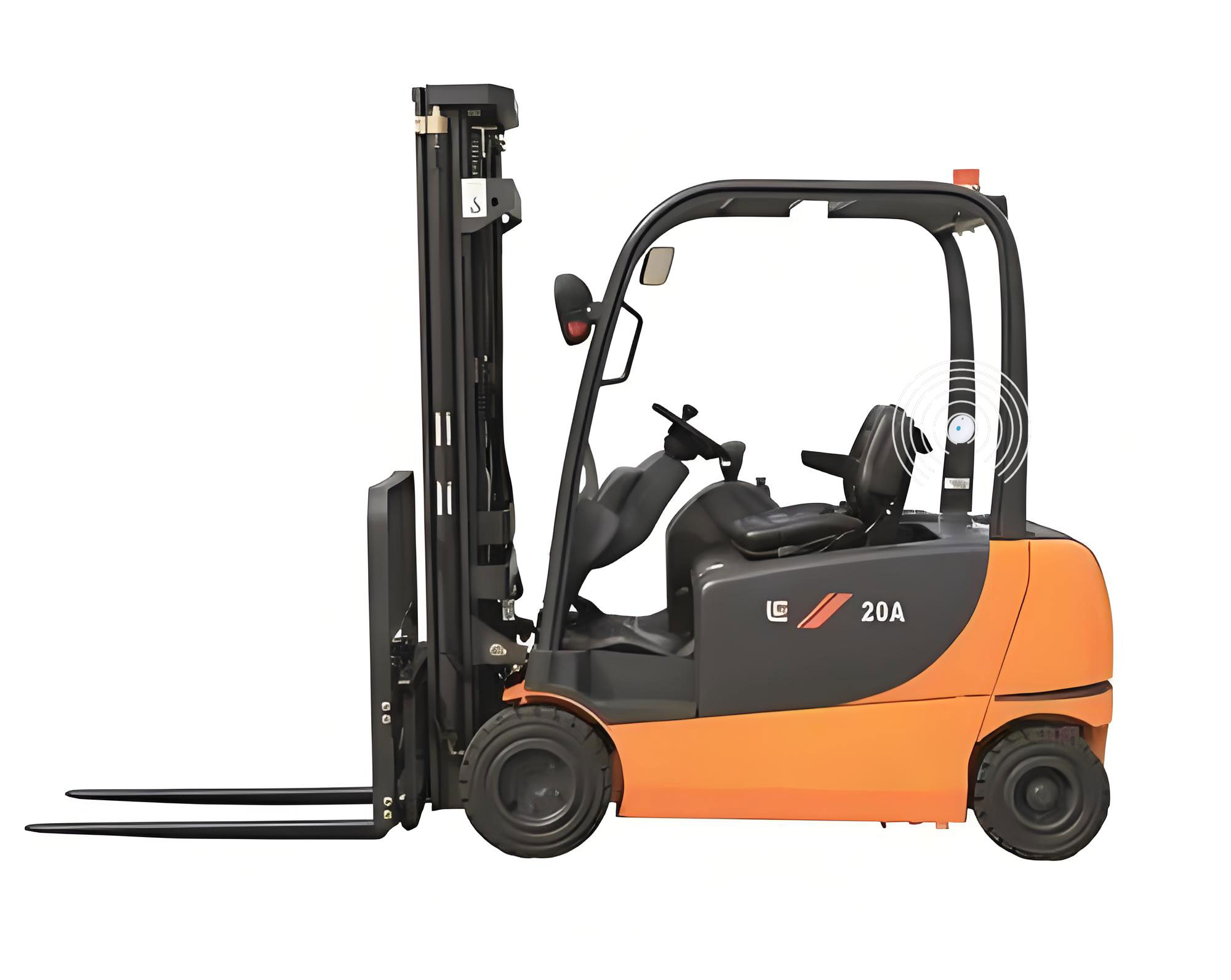
In the bustling aisles of warehouses and distribution centers, forklifts are the workhorses that keep the supply chain moving. Ensuring their efficient management is crucial, and Bluetooth beacons are stepping in to revolutionize forklift tracking. These beacons are not just a technological upgrade; they’re a strategic move towards smarter logistics.
The Unseen Helpers: Bluetooth Beacons in Forklift Tracking
Imagine a warehouse where every forklift is a node in a vast, intelligent network. This is the reality that Bluetooth beacons are making possible. By attaching beacons to forklifts, businesses can track their movement in real-time, optimize routes, and manage maintenance schedules with unprecedented precision.
The Benefits of Bluetooth Beacons in Forklift Tracking
- Real-Time Location Tracking: Beacons provide real-time location data, allowing managers to see exactly where each forklift is at any given moment. This visibility is crucial for coordinating tasks and ensuring that the warehouse runs smoothly.
- Route Optimization: With the ability to track the paths taken by forklifts, businesses can analyze traffic patterns and optimize routes to reduce congestion and improve efficiency.
- Maintenance Alerts: Beacons can be programmed to send alerts when forklifts are due for maintenance, ensuring that equipment is always in top condition and reducing the risk of breakdowns.
- Safety Enhancements: In environments where visibility can be limited, beacons can help prevent collisions by alerting nearby forklifts and personnel of their presence.
The Technology Behind the Scenes
Bluetooth beacons use Bluetooth Low Energy (BLE) to transmit signals that can be picked up by other devices within range. In the context of forklift tracking, these beacons can be set up at strategic points throughout the warehouse, such as entrances, exits, and near high-traffic areas.
Integrating with Warehouse Management Systems
The true power of Bluetooth beacons in forklift tracking is realized when they are integrated with Warehouse Management Systems (WMS). This integration allows for a seamless flow of data, enabling automated processes and real-time decision-making.
Applications Beyond Basic Tracking
While the primary use of Bluetooth beacons in forklift tracking is for location monitoring, their applications extend beyond this. They can be used to:
- Monitor Load Status: Beacons can be attached to loads to track whether they have been picked up or delivered, providing an additional layer of inventory management.
- Improve Training: New forklift operators can be guided through training routes using beacons, ensuring they learn the most efficient paths and safety protocols.
- Enhance Security: By setting up geofences, beacons can help secure sensitive areas of the warehouse, alerting security personnel when unauthorized forklifts enter.
The Future of Forklift Tracking with Bluetooth Beacons
As technology continues to evolve, so too will the capabilities of Bluetooth beacons. Future advancements may include better battery life, increased range, and more sophisticated data analytics capabilities. These improvements will further enhance the effectiveness of forklift tracking and contribute to the development of smarter, more connected warehouses.
Conclusion
Bluetooth beacons are the unsung heroes of forklift tracking, working silently to improve efficiency and safety in the warehouse. As businesses continue to seek innovative solutions to optimize their operations, Bluetooth beacons will play an increasingly vital role in the logistics landscape.


